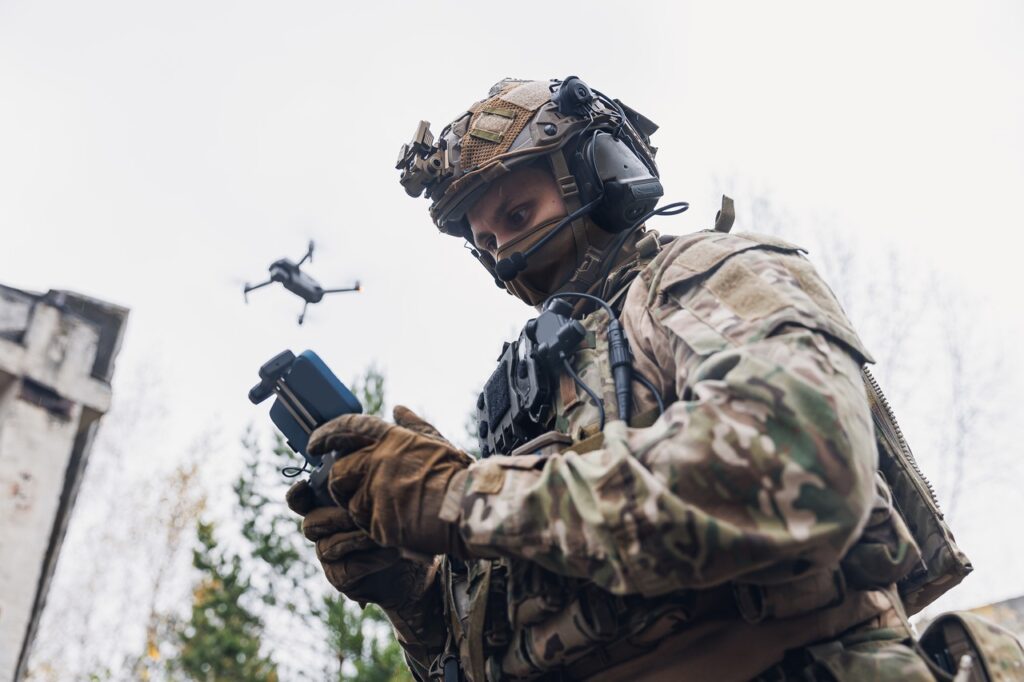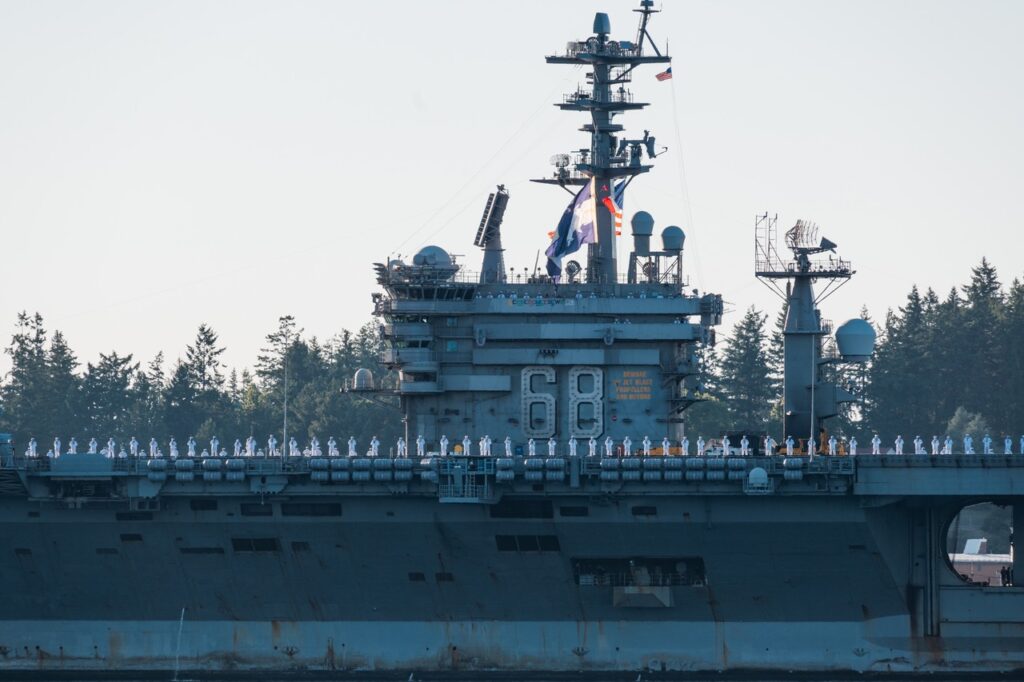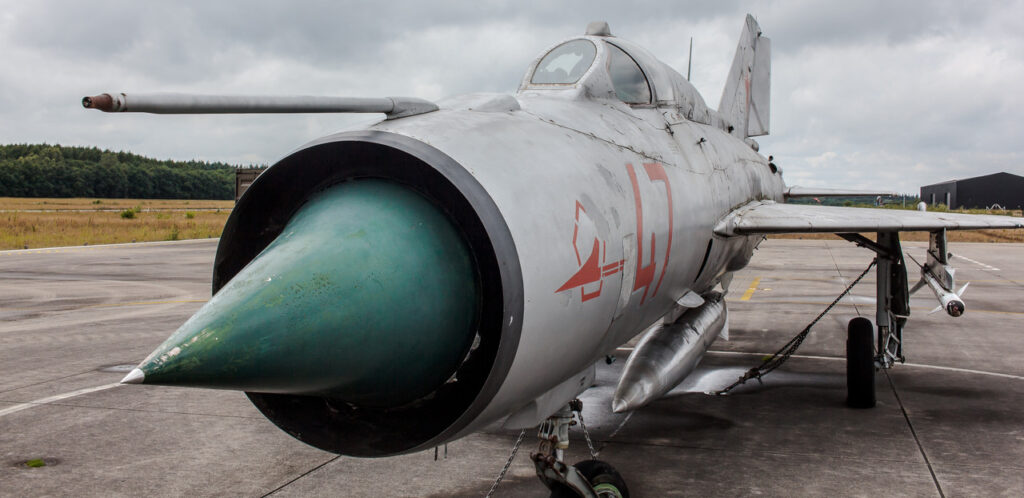
Turkey Nearly Killed Off Its Own Air Force
Key Point: Perhaps it would have been easier not to get rid of those F-16 pilots.
Fighter pilots aren’t cheap. The U.S. Air Force estimates that training a new pilot to fly a plane like the F-35 costs $11 million. And that doesn’t count the priceless experience of a veteran pilot who has been flying for years. That’s why the U.S. Air Force is willing to offer half-million-dollar bonuses to retain experienced fighter pilots.
So a nation that throws its fighter pilots in jail is not just wasting money, but also an extremely valuable resource. Yet in the name of politics, Turkey’s government has purged its air force so badly that it can barely fly its F-16 fighters.
The trouble began on July 15, 2016, when members of Turkey’s military “allegedly” launched a coup to topple the Islamist government of President Recep Tayyip Erdogan. The word allegedly is used for a reason. Despite being pros at overthrowing civilian governments (with four successful coups between 1960 and 1997), the 2016 effort was laughable. Soldiers attempted to isolate Istanbul by erecting roadblocks on the Bosporus Bridge—but only blocked the lanes in one direction. Youtube video showed soldiers with Leopard tanks surrendering to police and civilians. As Erdogan was flying back to Istanbul from vacation, two Turkish Air Force F-16s had his aircraft in their sights—but failed to shoot it down.
And the vaunted Turkish military was supposed to be NATO’s Cold War southern bulwark against the Soviets? If so, it’s a wonder that the Kremlin never seized the Bosporus.
All of which had skeptics wondering whether the coup was actually a false-flag operation by the Turkish government, aimed at providing (or provoking) an excuse to quash secular Turkish generals and covert followers of exiled cleric Fethullah Gulen. Either way, the coup fizzled in less than an hour, and then Erdogan’s government took its revenge.
Numerous senior and field-grade officers were purged. More than 300 F-16 pilots were dismissed. This defanged the Turkish military as a political threat, and strengthened the increasingly authoritarian rule of Erdogan and his neo-Ottoman Justice and Development Party, which has imprisoned many journalists. But it left a gaping question: who would be left to fly Turkey’s jet fighters?
With war raging in Syria, and Turkish forces grabbing parts of northern Syria, Turkey’s military is keeping busy (including an F-16 that shot down a Russian plane over Syria—the Turkish pilot who did it was one of those purged). It hardly seems a propitious time to decimate your pilot cadre.
The Turkish government has been looking overseas to make up the shortfall. However, the Washington has rebuffed a request to send over U.S. flight instructors, though Turkish pilots are receiving basic flight training in the United States. Turkey has also sought assistance from Pakistan—which also flies F-16s—though training Turkish pilots could violate U.S. arms export rules. In a sign of desperation, “the Turkish government has issued a decree that threatens 330 former pilots with the revocation of their civil pilot license, unless they return to Air Force duty for four years,” notes an Atlantic Council report.
“It is unclear how the decision to compel a return to service will impact unit morale,” the report added.
Now, enter Russia—a traditional enemy of Turkey for centuries, and one of whose jets was shot down by the Turks over Syria. Yet Turkey is seeking to buy Russia’s S-400 long-range anti-aircraft missiles, which only ratchets up tensions between Washington and Ankara over Syria and other issues.
Turkey has also signed an agreement with Franco-Italian missile maker Eurosam to develop a long-range anti-aircraft missile. And why is Turkey suddenly so interested in surface-to-air missiles? “In aftermath of 15 July, with the operations against the Turkish Armed Forces, there was a reduction in the number of F-16 pilots, creating a need to develop our air defense,” said Turkish analyst Verda Ozer. “This is the reason for the S-400 purchase.”
But even the S-400 wouldn’t totally solve Turkey’s air defense travails. “Since the Russian S-400 system cannot be integrated into NATO infrastructure, it cannot be used to protect against missile defense,” Ozer notes. Hence, Turkey needs two systems: the S-400 to shoot down hostile aircraft, and a Eurosam weapon to intercept ballistic missiles.
Perhaps it would have been easier not to get rid of those F-16 pilots.
Michael Peck, a frequent contributor to TNI, is a defense and historical writer based in Oregon. His work has appeared in Foreign Policy, WarIsBoring and many other fine publications. He can be found on Twitter and Facebook. This piece was originally featured in 2018 and is being republished due to reader’s interest.
Media: Reuters


